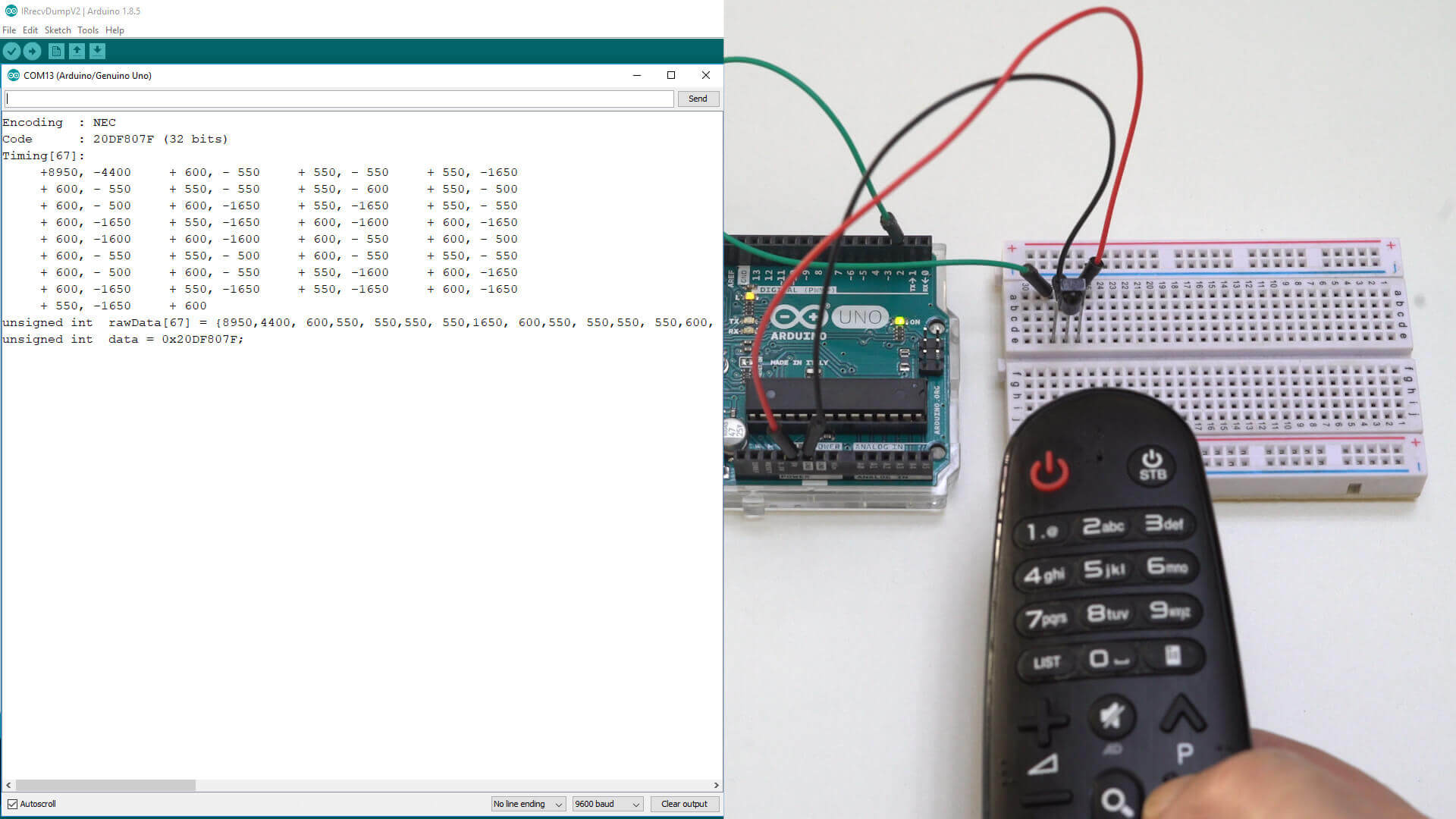

- #Gdb and visual micro tutorial how to
- #Gdb and visual micro tutorial serial
- #Gdb and visual micro tutorial driver
- #Gdb and visual micro tutorial full
- #Gdb and visual micro tutorial free
Today we will test another tool that viewers proposed and see if it is any good: Visual Micro with its hardware debugger. As we saw in an earlier video, one way to go is PlatformIO. Many of us want a better tool than the Arduino IDE with more functionality and still the same ease of use. Visual Micro Tutorials #4: Arduino Debugger Intro page/User-Guide.aspx?doc=Breakpoint-Window.html page/User-Guide.aspx?doc=Working-With-Breakpoints-Hit-Count.html page/User-Guide.aspx?doc=Working-With-Breakpoints-Conditional.html page/User-Guide.aspx?doc=Working-With-Breakpoints-When-Hit.html
#Gdb and visual micro tutorial serial
With the Serial Debugger these problems and wiring headaches are a thing of the past. GDB Tools for Micro-controllers often don't support the Hit Counters, and can often affect the speed at which your board executes your program. With the Serial Debugger you can use Conditional Expressions, as well as Hit Counters, and Millisecond Counters, to quickly and easily allow you to debug the scenario you need, without having to step all the way to the problem. Often you need to control what conditions cause a debugging action to trigger, so you can output data or stop your program only in a certain scenario. In this video we explore Conditional Breakpoints, Hit Counters, and Time based Breakpoints. With the Visual Micro Serial Debugger you can use the advanced Break and Trace features easily, to conditionally control your debugging session. Visual Micro Tutorials #5: Advanced Arduino Debugging You'll see how tracing helps us get closer and closer to the bug until we can see the mistake right before our eyes.ĭon't forget to add a GitHub star it greatly helps to promote the library. To illustrate this technique, I show you how I fixed the latest bug in ArduinoJson. It requires absolutely zero initialization or other ceremonies. This library makes it very easy to add traces in a program. Then, I present you ArduinoTrace, the small library that I created just for that purpose. With a tool like that, you're getting a lot of information, which is essential to find a bug. The macro prints the file name, the line number, the function name, as well as, the arguments and the template parameters.
#Gdb and visual micro tutorial how to
I show you how to create a handy macro that will help you add traces to your program. It acts as breadcrumbs that you can follow to see how you got there.

That's all! Tracing is just that, printing the current location so that you know where you are in the program. In this video, I show you how you can debug virtually any Arduino program by using only the serial port. If so, let me talk to you about a bulletproof technique: the good-old "tracing" technique. Have you ever decode an ESP8266 (ESP32, etc.) exception stack trace and ended with more questions than answers? Have you ever been faced with an Arduino board that crashes for no apparent reason? page/DebuggerSupportList.aspxĪrduino: Hardware Debugging ESP32 with vMicro page/User-Guide.aspx?doc=Arduino-gdb-In-Brief.html page/Troubleshooter-for-Debugging-an-Arduino-Sketch-in-vMicro.aspx Follow the troubleshooter through and it will advise on what is best to do to get you up and running as quickly as possible.
#Gdb and visual micro tutorial full
Our full online troubleshooter can be found below, and will guide you through these solutions in more detail.
#Gdb and visual micro tutorial driver
thankfully there are a few common problems which we can all run into from connection issues, to incorrect selections in the IDE, and even USB driver issues. When you have issues getting the Hardware Debugging working it can seem like solving your bug is further away than before. If you are having trouble getting Hardware (GDB) Debugging working on your Visual Micro project, this video may have the solution you need. items?itemName=VisualMicro.ArduinoIDEforVisualStudio page/Executing-Custom-GDB-Commands-in-Visual-Micro.aspx Running Custom GDB Commands in Visual Micro
#Gdb and visual micro tutorial free
Give it a go with our free fully featured 45 day Trial.ĭon't forget to Like and Subscribe to stay up to date with new videos and feature updates.

This can be useful if you are used to the GDB Command prompt, and if there are additional commands as shown here which are not implemented directly via the UI. You can interface with this session via the VS Command Window, by using the "Debug.MIDebugExec" Command, to run your own commands whilst still in the UI, and without stopping your existing debugging session. Whilst your debugging session is running in Visual Micro with either GDBStub or any Hardware Debugger, there is a background session active with GDB. If you want to be able to run your own GDB Commands whilst Debugging your Arduino Project in Visual Micro, this is for you.


 0 kommentar(er)
0 kommentar(er)
